By E. Parker Herring
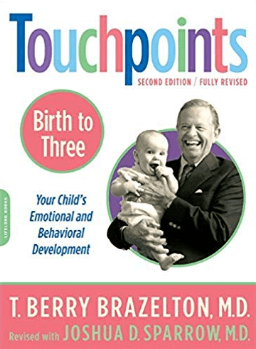 |
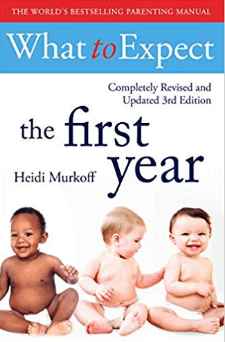 |
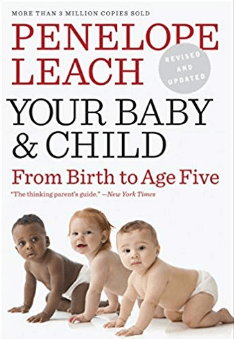 |
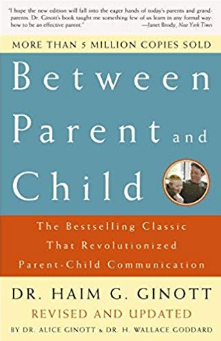 |
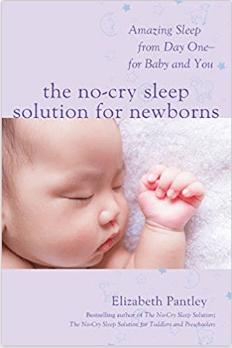 |
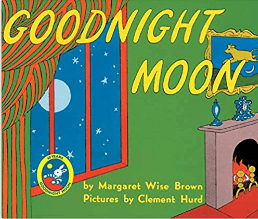 |
All expectant parents, including adoptive parents, must prepare for a new baby. Parenting books come in a variety of styles and formats. One author might not appeal to you, while you may find another author’s style and layout very readable.
Recommendations from my library of parenting books:
“Touchpoints” series by T. Berry Brazelton M.D., rev. by Joshua D. Sparrow M.D.
This is a two-book collection – “Birth to Three” and “Three to Six.” Dr. Brazelton was a Harvard medical professor and Director of the Children’s Hospital in Boston. The fully updated second edition by Dr. Sparrow includes informative sections on fathering and co-sleeping as well as general childcare.
When I started parenting more than 25 years ago a good friend told me to pick up Dr. Brazelton’s Touchpoints. She said the large print and easily marked age sections would make it easy to find the section I need when I become bleary-eyed from sleep deprivation. She was right. It’s still a great book for new parents and it has been updated and completely revised since its original printing in 1992.
“What to Expect the First Year” by Heidi Murkoff
This bestselling classic was originally published in 1962. Now in its third edition, it recently went through a line-by-line update. While there are many used versions available, I highly recommend purchasing the recent third edition.
“Your Baby and Child” by Dr. Penelope Leach
This childcare book has sold over two million copies and is very easy to read. Dr. Leach was educated at Cambridge and is a Fellow of the British Psychological Society, as well as a founding member of the UK Branch of the World Association for Infant Mental Health. She is a strong advocate of reading to newborns, toddlers and all ages.
“Between Parent and Child” by Dr. Haim G. Ginott
This book has been recently revised by the author’s wife, psychologist Dr. Alice Ginott. It talks about how parenting is a skill that anyone can learn. It offers advice on how to respond properly to your child, including how to discipline without making threats, punishment, bribes, or sarcasm. it also discusses how to criticize without being demeaning, and how to acknowledge your child’s feelings.
“The No-Cry Sleep Solution” series by Elizabeth Pantley
This is a three-book collection – “The No-Cry Sleep Solution,” “The No-Cry Sleep Solution for Newborns” and “The No-Cry Sleep Solution for Toddlers and Preschoolers.” These are must-have books for new parents, as the one thing everyone wants for themselves and their child is sleep, beautiful, wonderful sleep.
On that note, the calming sound of a parent’s voice can often be the best way to quiet a child. Reading “Good Night Moon” aloud always put my kids to sleep. Take it easy and don’t let the reading list overwhelm you.
Quick Tip: You don’t have to read any book cover to cover. Nevertheless, you should start by reading the sections on newborn care while waiting to become parents. Leave the remaining chapters as your child grows.
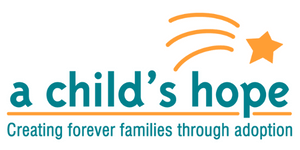
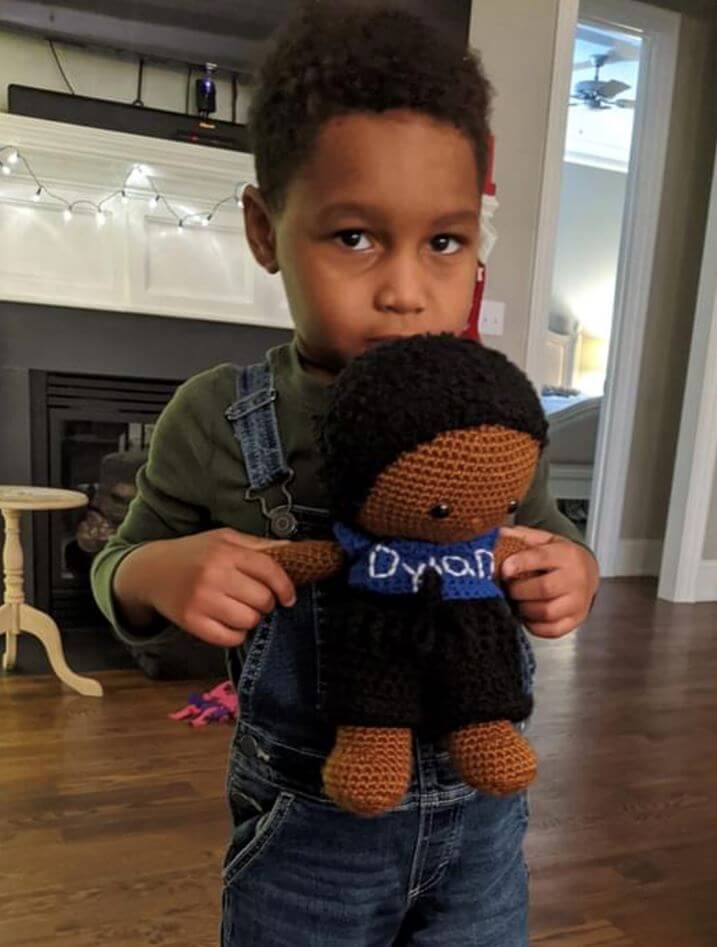
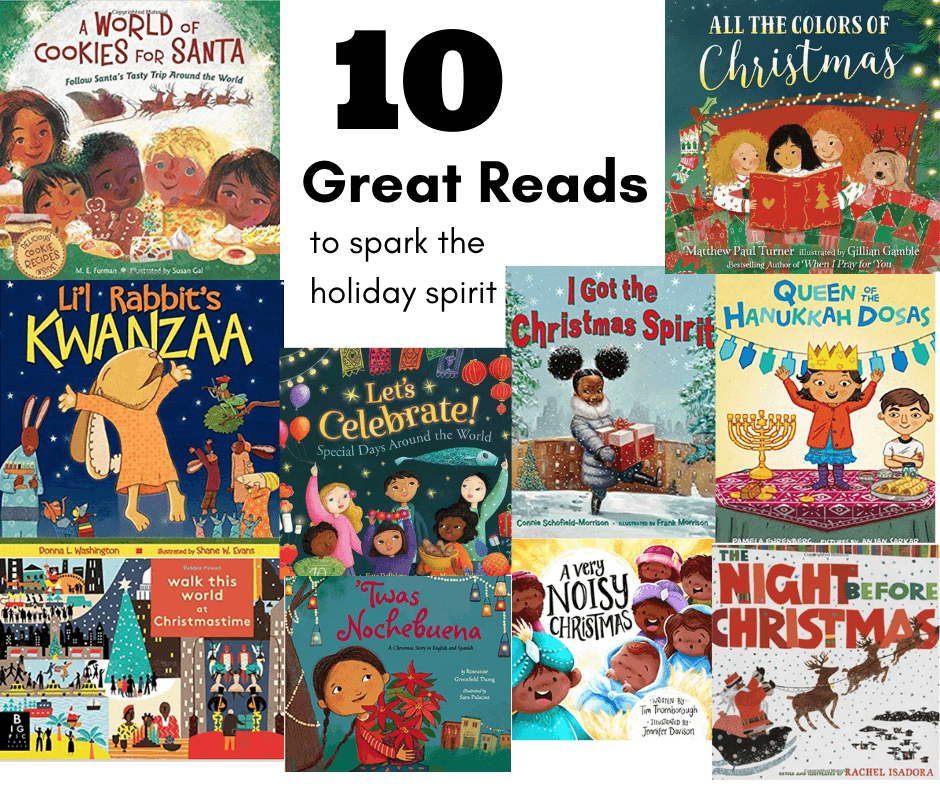 Reading is one of the great pleasures, especially during the holidays. With kids in holiday jammies, sometimes there’s nothing better than kicking back in your favorite spot at home with a celebrated book in hand. A Child’s Hope has a few names of kid reads to spark the holiday spirit — favorites our families have shared throughout the years, add these to all the traditional titles. We know that representation matters, and love that Santa comes in many different colors. Snuggle up with your favorite books this year, and soak in the holiday spirit with family and friends.
Reading is one of the great pleasures, especially during the holidays. With kids in holiday jammies, sometimes there’s nothing better than kicking back in your favorite spot at home with a celebrated book in hand. A Child’s Hope has a few names of kid reads to spark the holiday spirit — favorites our families have shared throughout the years, add these to all the traditional titles. We know that representation matters, and love that Santa comes in many different colors. Snuggle up with your favorite books this year, and soak in the holiday spirit with family and friends. Adoption Awareness Month is not only about celebrating adoption but also offering support.
Adoption Awareness Month is not only about celebrating adoption but also offering support. 
 Childproofing your home is essential as your baby grows more mobile. Watch for broken toys, make sure the pieces are larger in size.
Childproofing your home is essential as your baby grows more mobile. Watch for broken toys, make sure the pieces are larger in size.  community for help if you have questions.
community for help if you have questions.